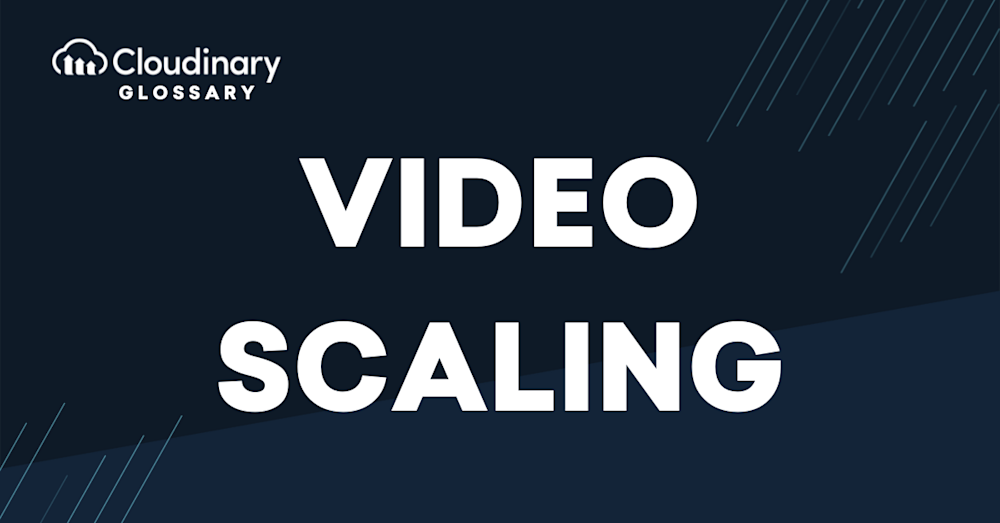What Is Video Scaling?
Video scaling is the process of adjusting the resolution or size of a video, making it compatible with different devices or screen dimensions. This technique involves changing the number of pixels that constitute an image by increasing or decreasing the resolution to suit a target display. The main goal of video scaling is to deliver an optimal viewing experience without compromising the quality of the original video as much as possible.
To achieve this, developers use various algorithms that intelligently resize videos, preserving the visual details and avoiding pixelation. Some common methods include bilinear interpolation, bicubic interpolation, and Lanczos resampling.
Each method has its merits and drawbacks, so choosing the right technique is essential based on the desired outcome and the hardware/software resources available. Video scaling is crucial in ensuring content can be enjoyed across different platforms, screen sizes, and resolutions.
The Difference Between Video Scaling and Video Conversion
While both video scaling and video conversion serve to optimize videos for various viewing experiences, they refer to two distinct processes. Video scaling, as noted earlier, primarily deals with adjusting the resolution or size of a video. In contrast, video conversion entails changing the video’s format or codec, such as converting an MP4 file to an AVI file or an H.264 codec to an H.265.
Both processes are crucial in video content management and can be used in conjunction. For example, you might convert a video to a different format for better compatibility with specific devices, then apply video scaling to ensure the converted video correctly fits the display screen. While they perform different roles, video scaling, and conversion are integral elements of creating versatile video content that can be viewed optimally across various platforms.
Closing Thoughts
Video scaling is a crucial aspect of delivering high-quality videos across a range of devices, platforms, and screen sizes. By adopting video scaling techniques, developers can improve website performance, reduce buffering times, enhance video streaming, and ensure that videos play smoothly on different devices.
Cloudinary is a cloud-based media management platform that offers developers a comprehensive range of video-scaling features, including automated scaling and conversion, performance optimization, and format standardization. With Cloudinary, developers can easily scale, optimize, and deliver videos across multiple platforms, ensuring that videos are compatible with all devices and providing a seamless user experience.
By incorporating Cloudinary’s advanced media management solutions into their workflow, organizations can unlock the full potential of video scaling and significantly improve their video marketing and website performance. Thus, businesses can focus on their core offerings while leaving the optimization and scaling of their videos to Cloudinary.
Additional Resources You May Find Useful:
- Convert WEBP to AVIF
- Convert GIF to AVIF
- Convert PNG to WEBP
- Convert WEBP to PNG
- Convert JPG to WEBP
- Convert WEBP to JPG
- Convert JPG to PNG
- Convert PNG to JPG
- Convert GIF to PNG
- Convert GIF to JPG
- Convert PNG to GIF
- Convert JPG to GIF
- Convert AVIF to PNG
- Convert AVIF to JPG
- Convert PNG to AVIF
- Convert JPG to AVIF



